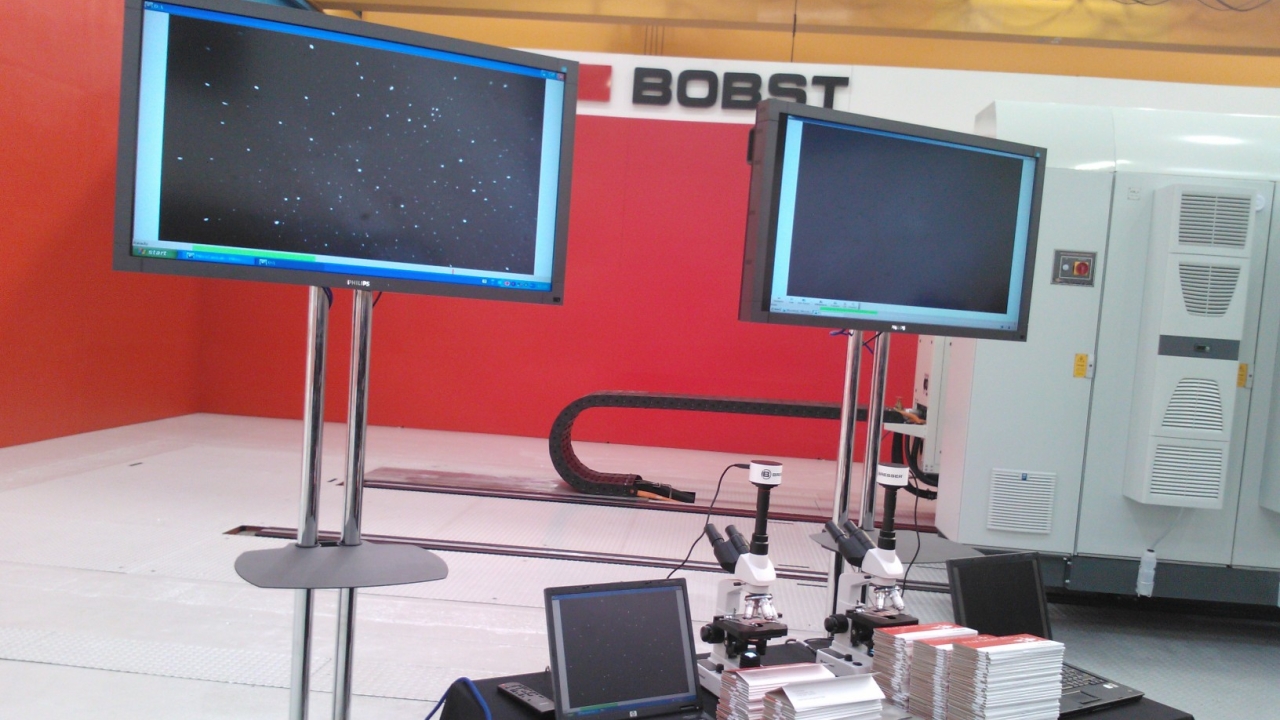Bobst introduces Dark Night
New process to ‘eliminate’ Starry Night metallizing defect

Bobst has launched a new product to eliminate one of the key defects when using a metallizer.
Called Dark Night, in direct reference to the Starry Night defect scenario, the process works to reduce the prevalence of this problem when using a metallizer.
Starry Night is caused by microscopic circular shaped voids in the metal layer, which is assumed to be caused by metal pick off from areas of low metal adhesion to the base substrate due to dust particles, low surface tension, migratory additives or anti-block particles. Roller contact with the metal surface could also cause Starry Night.
It is one of six defects identified by Bobst in a recent presentation. The other defects are pin holes, pin windows, tramlines, micro scratch and macro scratch. Each have different effects on the barrier property of metallized products, from ‘catastrophic’ pin holes to minimal impact tramlines that cause greater visual deterioration in the material.
Using patent-pending technology, Bobst Manchester research and development director Nick Copeland said the Dark Night process greatly reduces the detectable defects when metallizing. In tests, 75 defects were detected per 3 sq mm area using a typical roll-to-roll industrial metallizer, with effectively none detected per 3 sq mm when using the Bobst Dark Night process.
Dark Night was showcased at a recent Open House event held at the Bobst Manchester facility, which drew a global audience to see the company’s newest technologies and take a tour of the packaging machinery manufacturer’s UK operations. Also on show was the new General K5000 vacuum metallizer.
Bobst is also exhibiting at the K tradeshow, which is currently taking place in Düsseldorf, Germany.
Read more about finishing and converting systems here
Stay up to date
Subscribe to the free Label News newsletter and receive the latest content every week. We'll never share your email address.

